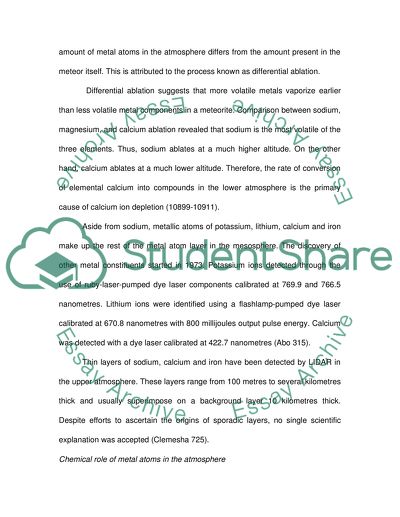Cite this document
(“Atoms of metals and LIDAR Essay Example | Topics and Well Written Essays - 2000 words”, n.d.)
Retrieved from https://studentshare.org/environmental-studies/1407878-atoms-of-metals-and-lidar
Retrieved from https://studentshare.org/environmental-studies/1407878-atoms-of-metals-and-lidar
(Atoms of Metals and LIDAR Essay Example | Topics and Well Written Essays - 2000 Words)
https://studentshare.org/environmental-studies/1407878-atoms-of-metals-and-lidar.
https://studentshare.org/environmental-studies/1407878-atoms-of-metals-and-lidar.
“Atoms of Metals and LIDAR Essay Example | Topics and Well Written Essays - 2000 Words”, n.d. https://studentshare.org/environmental-studies/1407878-atoms-of-metals-and-lidar.


